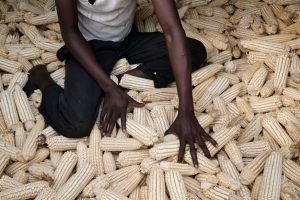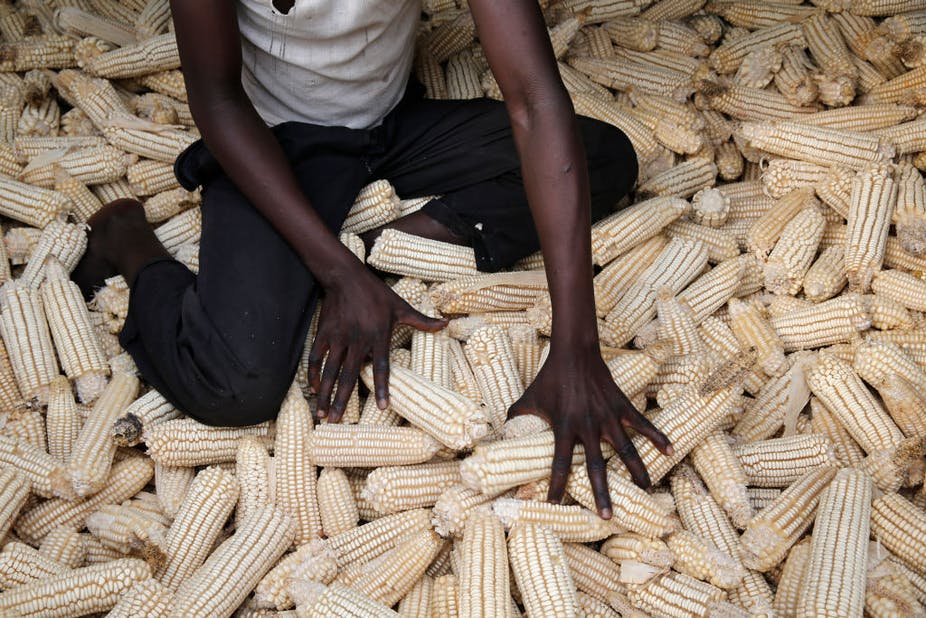This is a story behind the ban of Ugandan maize to Kenyan market
By Jeremiah Kaniampiha
The only medicine that will cure common man’s ignorance is sensitization and reading culture that will make them informed. Otherwise, politicians use any available opportunity to serve their interests not the common man.
Now, The Drone Media has established that the story behind the ban on Ugandan maize is over the friction between two Kenyan leaders. Actually, the maize is not from Uganda, but from DR Congo.
As it is, the maize from DR Congo is procured by companies owned by Kenya’s William Ruto, who disagreed with fellow politician, Uhuru Kenyatta and the latter decided to reduce on the political wings of his opponent.
Ruto’s companies reportedly procure maize from DR Congo and repackaged in Uganda on the way to Kenya, where it is supplied to UN’s World Food Programme. This is how the small issue of disagreeing leaders in Kenya, is causing commotion among Ugandan businessmen.
This is not the first time; there was a time Kenyan government had banned Ugandan milk. This was again President Uhuru Kenyatta reportedly in the fight. Reports indicted that President Uhuru Kenyatta owns some milk processing plants in Uganda, particularly in western Uganda.

There are questions lingering as to why Kenya abruptly banned Uganda’s maize exports to the country disregarding all EAC protocols.
The last related incident was in 2018 when 600 metric tonnes worth about Shs 180 billion was returned by Kenya claiming it had traces of aflatoxin among other standard issues.
The ban was communicated by Kenya’s Agriculture and Food Authority to the Commissioner Customs at Kenya Revenue Authority.
The Authority says they have been conducting studies which revealed that maize imports from Uganda and Tanzania had high levels of mycotoxins that were consistently beyond safety levels.
Aflatoxins are poisonous substances produced by certain kinds of fungi (moulds) that are found naturally all over the world, and according to World Health Organisation, they can contaminate food crops and pose a serious health threat to humans and livestock.
WHO adds that aflatoxins also pose a significant economic burden, causing an estimated 25% or more of the world’s food crops to be destroyed annually.
The government of Uganda admits the high prevalence of aflatoxins in produce especially maize, sorghum, millet, groundnuts and cassava, and has put in place measures to control it.

